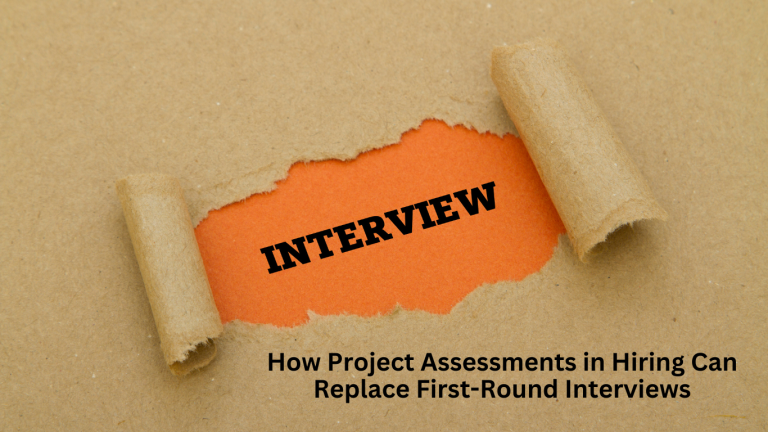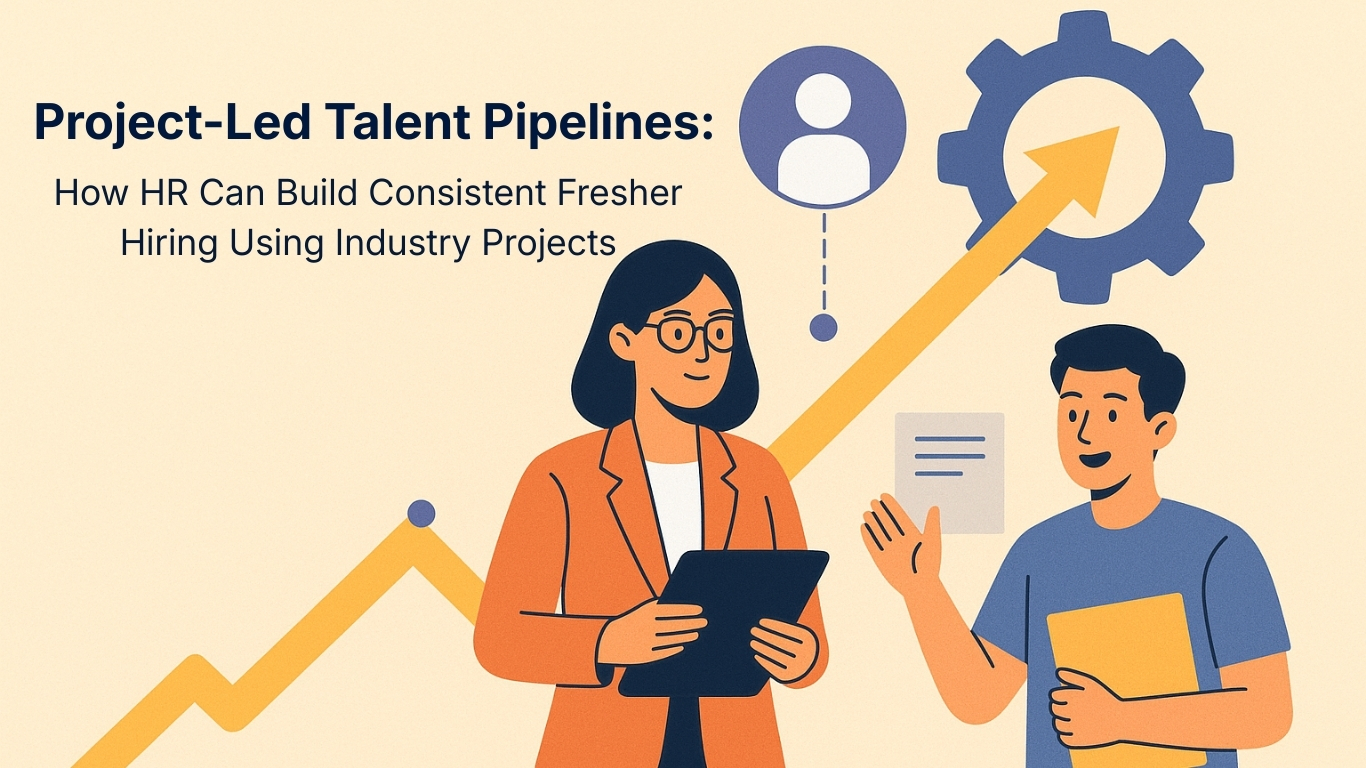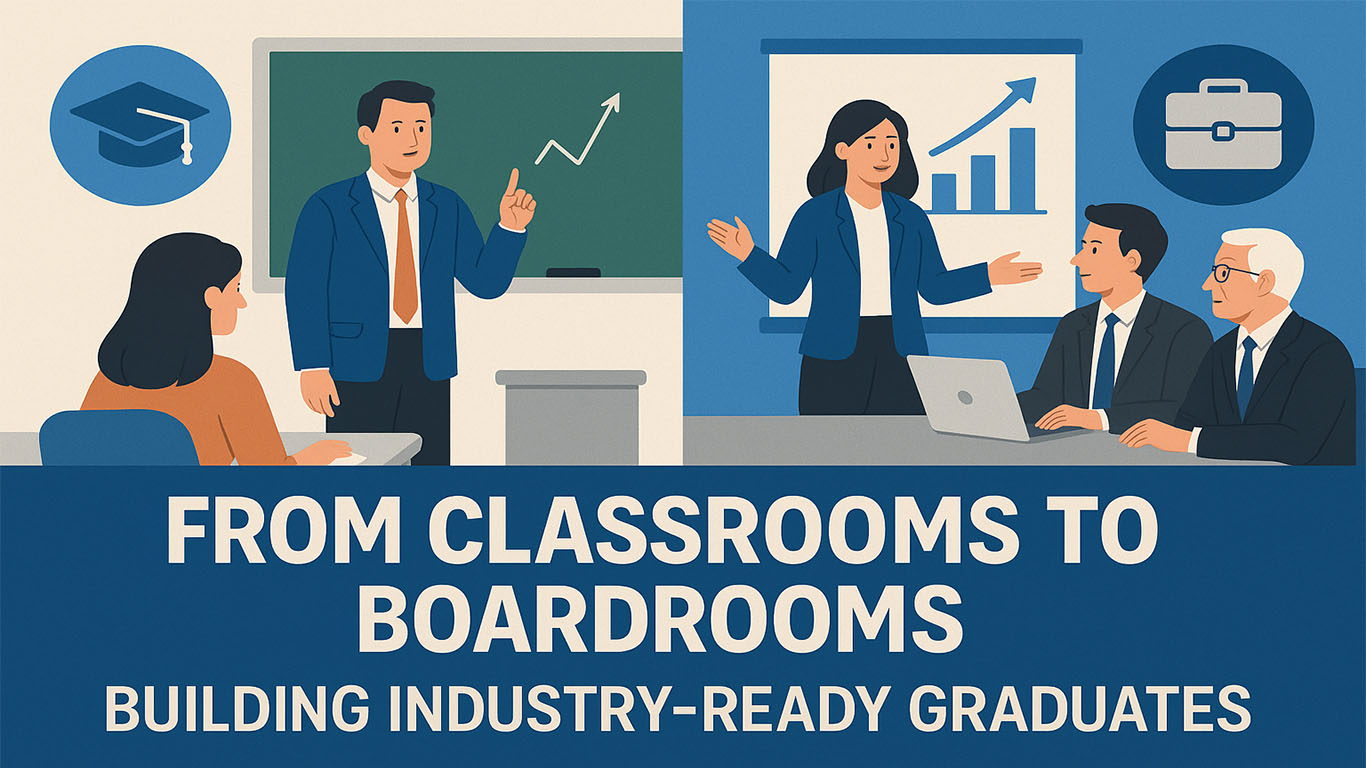Project assessments in hiring are changing how recruiters approach candidate evaluation. Project assessments in hiring eliminate guesswork by focusing on real skills. Companies are increasingly adopting project assessments in hiring to streamline their recruitment processes.
Traditional hiring methods are often time-consuming and unreliable. Relying on resumes and interviews doesn’t always reveal a candidate’s true potential. By using project assessments early in the process, companies can identify job-ready talent faster and more efficiently. In this blog, we explore why project-based evaluations are becoming a preferred alternative to first-round interviews.
Limitations of Traditional First-Round Hiring
Hiring managers know that the first round often yields limited insights.
- Resumes are often embellished: They show what candidates claim to know, not what they can actually do.
- Interviews are resource-intensive: Coordinating schedules, conducting rounds, and evaluating can take weeks.
- Subjectivity is common: Without measurable benchmarks, hiring decisions can become biased or inconsistent.
- No proof of real problem-solving: Soft skills, creativity, and critical thinking rarely come through in a CV.
These inefficiencies delay hiring and increase drop-off rates among quality candidates.
What Are Project Assessments in Hiring?
Project assessments are task-based evaluations aligned with the role’s requirements. These tasks are designed to test real-world performance.
- Task types vary: Coding challenges, business case studies, design prototypes, or content briefs.
- Remote-friendly: Candidates can submit projects online, making it accessible and time-efficient.
- Job-specific: Each assessment is tailored to evaluate skills essential for the role.
- Short timelines: Projects usually range from a few hours to 2–3 days, ensuring focused effort.
These assessments go beyond theoretical knowledge, allowing candidates to demonstrate their capabilities through action.
Benefits of Using Project Assessments Early in the Process
a. Real Skill Evaluation
Instead of relying on qualifications, recruiters assess how well a candidate can perform job tasks.
b. Filter Serious Applicants
Only motivated candidates complete assessments, helping to identify those genuinely interested in the role.
c. Save Time for Recruiters
With project-based filters, recruiters only interview candidates who’ve already proven their skills.
d. Identify Culture Fit Early
Team-based or client-facing tasks can showcase communication and collaboration skills from the outset.
e. Reduce Bias
Standardized assessments focus on results, reducing unconscious bias tied to resumes or educational pedigree.
Examples of Effective Project Assessments
Project assessments can be adapted to suit almost any industry:
- UI/UX Designer: Create a landing page prototype for a hypothetical e-commerce product.
- Marketing Intern: Draft a campaign brief for a new product targeting Gen Z audiences.
- Sales Trainee: Analyze lead data and draft a pitch deck based on sales trends.
- Software Developer: Build a basic tool using a public API within 48 hours.
These projects not only evaluate task-based competencies but also test time management and creativity.
How Companies Can Implement Project Assessments
a. Define Clear Tasks
Create assignments that reflect actual job functions. Set specific goals and expected outputs.
b. Set Realistic Timeframes
Allow enough time for candidates to balance the task with existing commitments without affecting performance quality.
c. Use Evaluation Rubrics
Establish objective scoring criteria. Assess work based on creativity, logic, clarity, and technical execution.
d. Provide Feedback
Even for unsuccessful candidates, feedback builds employer brand credibility and encourages re-application.
e. Use Platforms Like Qollabb
Qollabb allows companies to assign verified real-world projects and evaluate outcomes within a structured ecosystem.
Real-World Impact: Hiring Smarter, Not Harder
Companies that adopt this model report significant benefits:
- Faster hiring: Reduce decision-making time from 30+ days to under two weeks.
- Higher quality of hire: Recruiters shortlist candidates who already align with the job’s demands, resulting in a higher quality of hire.
- Better retention: New hires stay longer, having already experienced a sample of their role.
- Improved hiring efficiency: Recruiters spend more time onboarding and less time shortlisting.
When real performance drives hiring decisions, companies build stronger, more competent teams.
Qollabb’s Advantage for Project-Based Hiring
Qollabb is built for companies that prioritize skill-first hiring, offering real-world project data to inform smarter recruitment decisions.
- Verified student portfolios: Access talent that has already completed industry-relevant, real-world projects.
- Internship-to-hire pipeline: Test candidates through internships and absorb top performers into your workforce.
- Live project tracking: View student submissions and performance insights directly on the Qollabb dashboard.
- Mentor feedback integration: Get evaluation inputs from both academic and industry mentors.
Qollabb bridges the gap between education and employment by putting practical work at the center of hiring.
Conclusion
Project assessments in hiring are revolutionizing how companies find the right talent. They replace outdated, resume-driven screening with performance-based evaluation. This approach not only reduces time-to-hire but also improves the quality and retention of new hires.
By using platforms like Qollabb, companies can tap into a pool of pre-verified, job-ready talent. The future of hiring is here—and it’s powered by projects.
💼 Start your project-based hiring journey with Qollabb today and make smarter, faster hires





